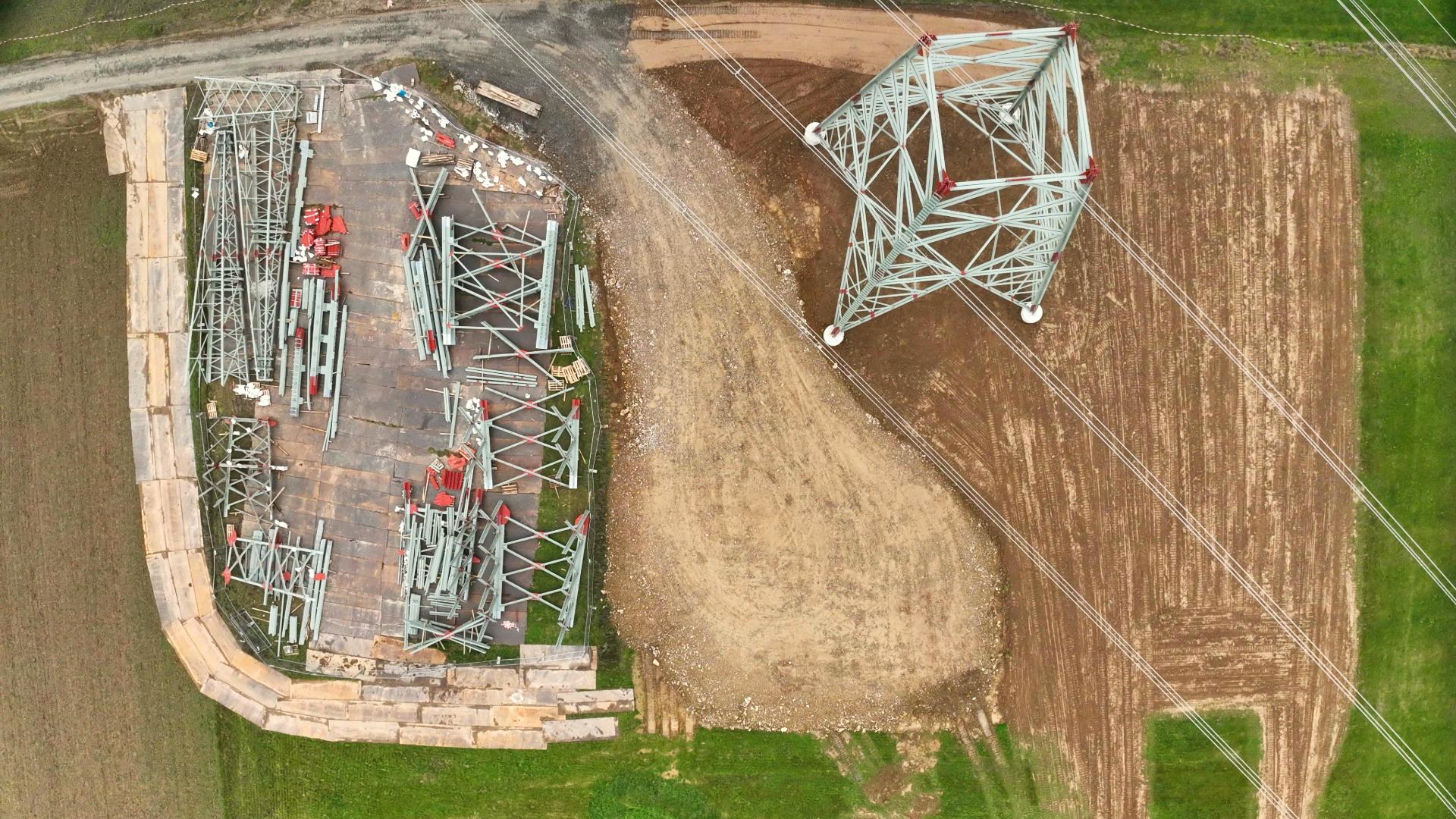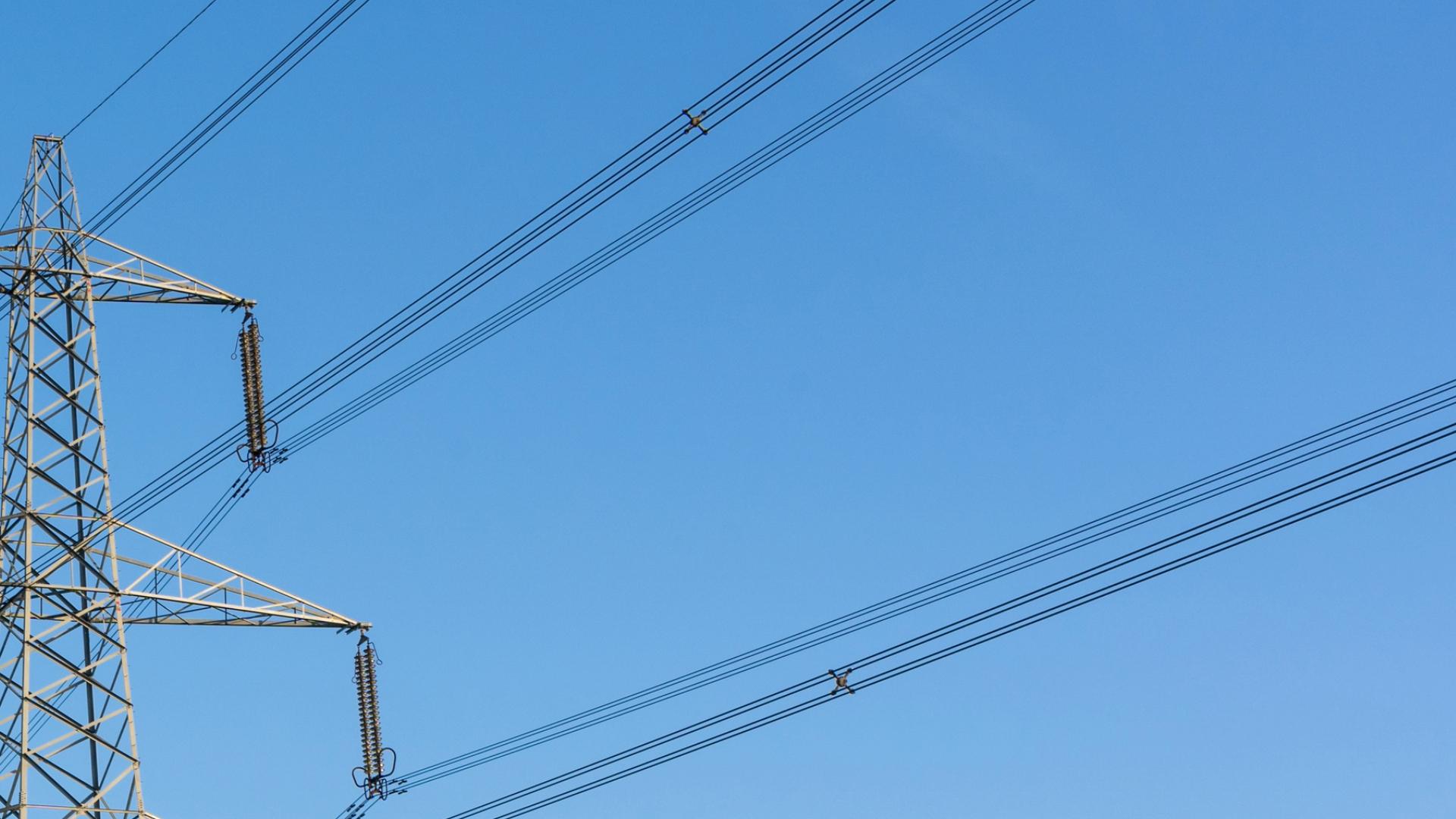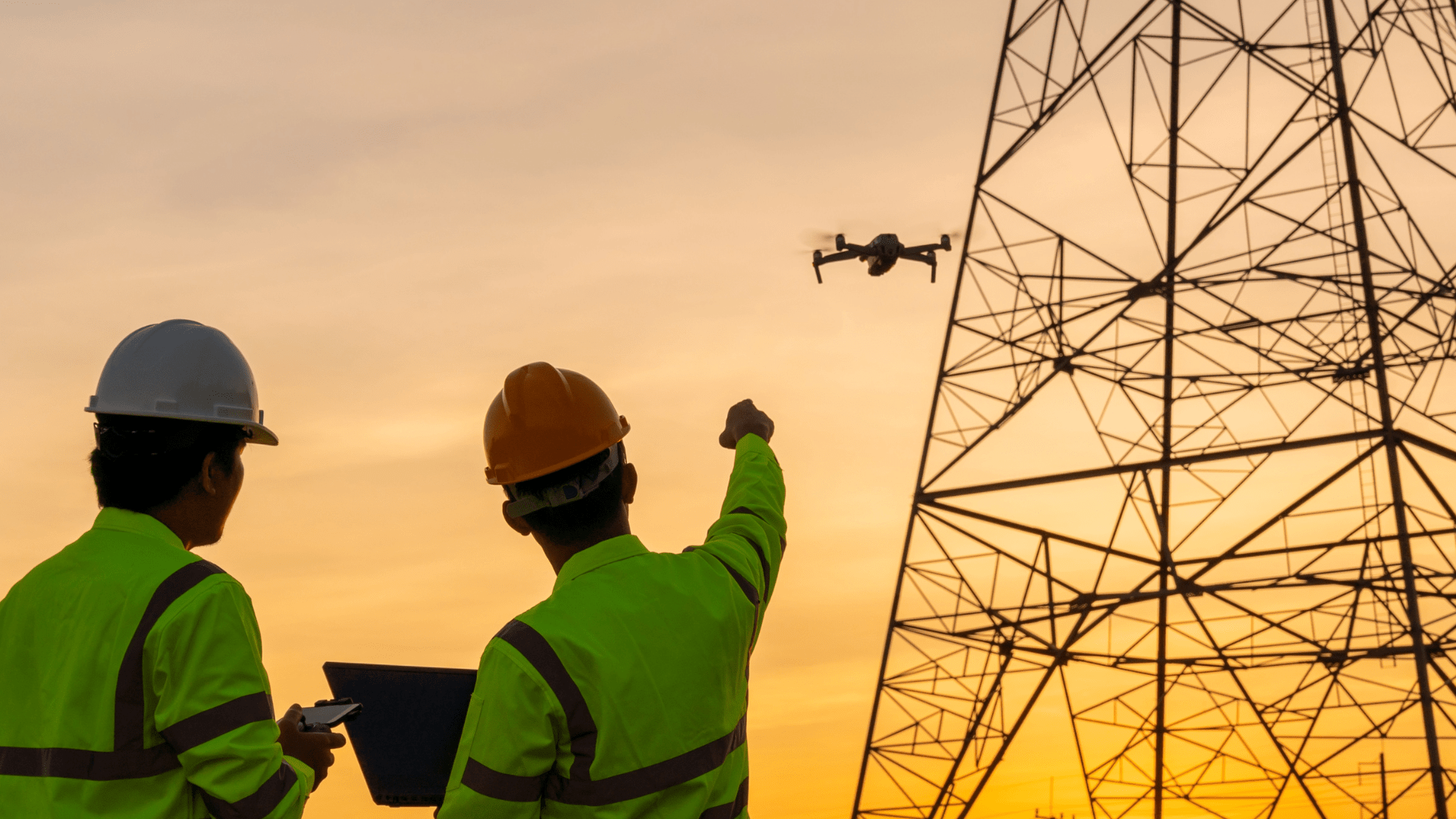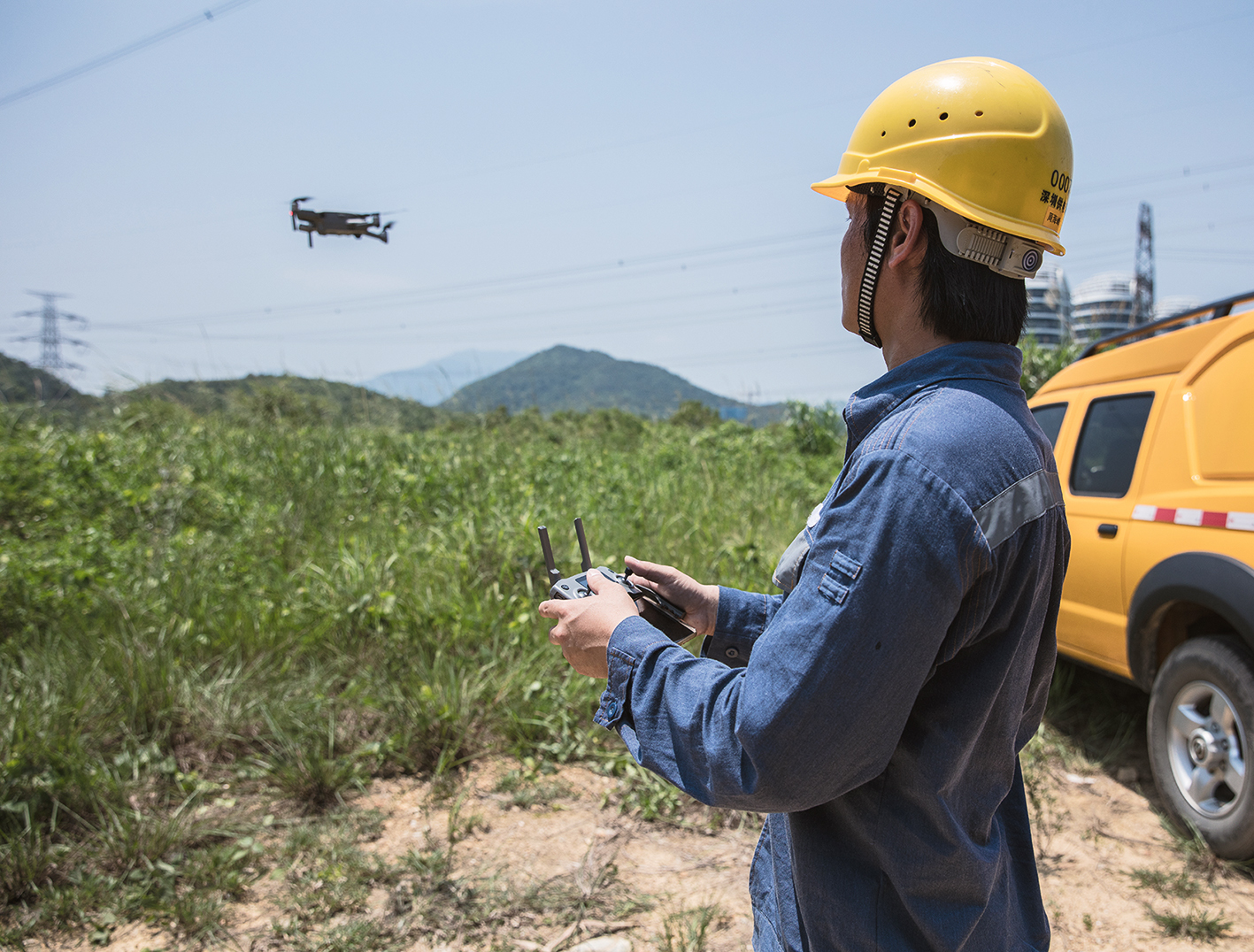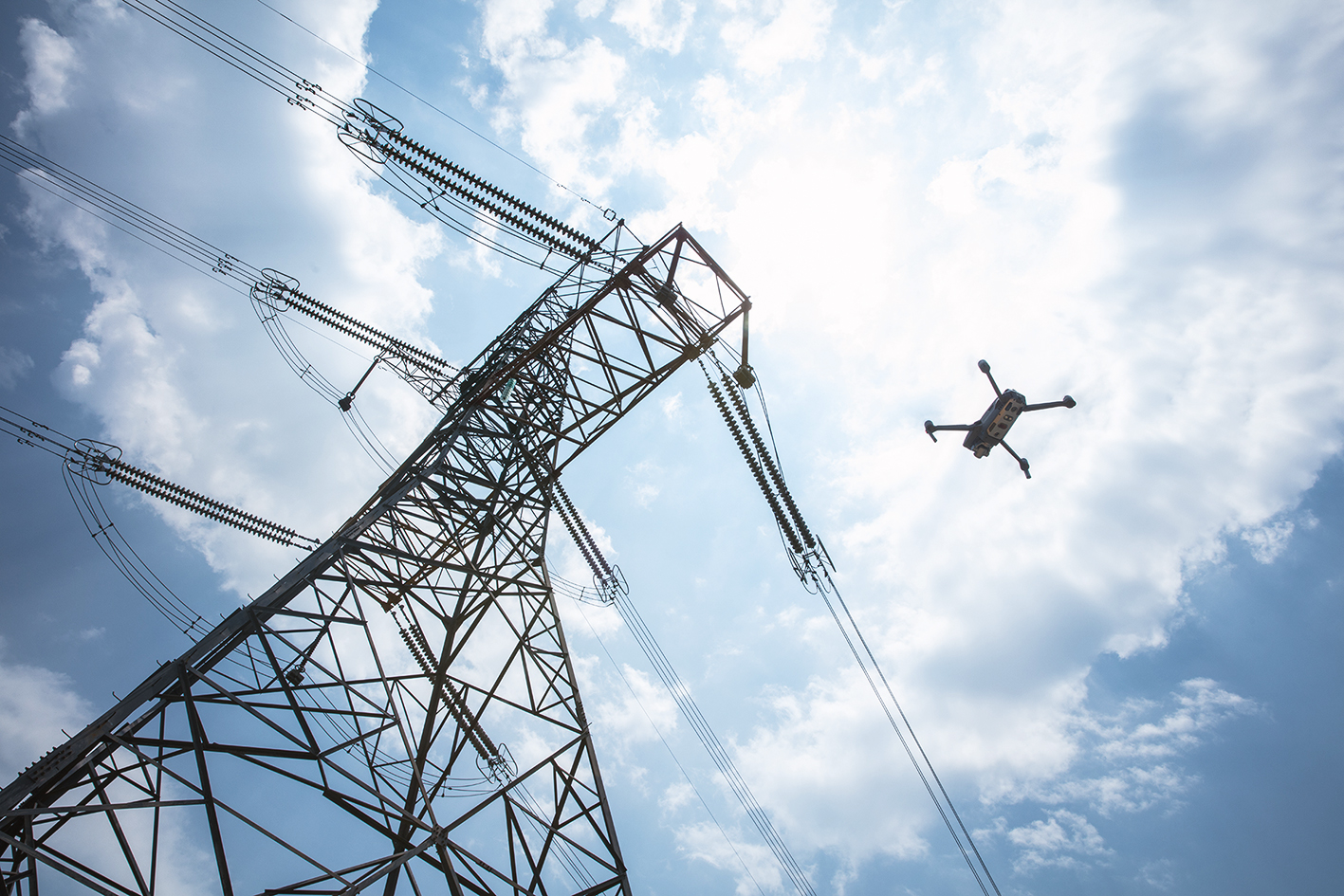New tools for inspecting antennas and masts
More than 350,000 power pylons, over 44,000 mobile phone carriers, numerous other towers, and antennas are located in Germany alone. In the course of the energy transition, the overhead line network will have to be expanded and new masts will be erected. The existing network will also have to be optimized. As part of the 5G network expansion, additional new masts will also have to be erected. All these structures have a special feature: they are subject to regular inspections. UAVs are particularly suitable for these testing activities. Find out why!
Why test antennas and masts with drones?
Drones do not replace the complete testing process. However, they are a supporting tool and offer great potential for regular and necessary testing processes. Basically, all measures serve to ensure the stability of the structures. The tests, inspections, and procedures to be carried out are subject to various guidelines. These include, among others, DIN 1076 and VDI 6200.
In addition, other special guidelines apply, such as the RÜV for federal buildings and the BOStrab in the vicinity of tram systems. Basically, however, all measures initially serve to monitor the condition of the structure and to record and document damage. These damages must then be assessed, measures taken and an assessment of their condition derived. The tests depend on the design method, the robustness classes defined and the damage sequence classes with regard to the measures to be taken and the necessary test cycles. Nevertheless, drones can effectively support testing activities independently of these classifications. The drone merely serves as a platform to deploy the necessary sensors. The sensors used in turn serve to generate data and it is precisely this data that can be used to detect and document damage. From this, it is not only possible to assess a building condition, but also to document changes by collecting the data over the period of inspection intervals and to create reliable forecasts and derivations for maintenance measures.
How to test antennas and masts with drones?
There are guidelines for the use of inspecting with drones which are regulated in VDI 2879. More important than the operational use of the drone tool, however, is the purpose for which the device is to be used. The purpose should be selected on the basis of the design, the expected damage indicators, and the associated components. The purpose also determines the choice of sensors used. The photo documentation of a camera drone makes it particularly easy to support the visual inspections required at least every 2-3 years and even to carry them out completely in some cases. The data can be used in the report directly a photo-documentation. A simple inspection can be carried out reliably and quickly. Data can be generated that would otherwise only be generated during a hand-held inspection by a competent person. This data can also be subsequently checked in advance by a competent person. The visual inspection won´t replace traditional inspection methods, but can serve for preparation and can save time in the execution. The pure visual inspection, however, which aims to detect cracks, spalling, corrosion, moisture penetration or deformation, can be carried out completely and well documented directly by an operator-controlled drone.
UAVs can also provide reliable support for hand-held testing or non-destructive testing of the material by expert personnel. The drone is used specifically to reach hard-to-reach areas, record details and take measurements. For example, the use of high-resolution cameras makes it possible to document and measure cracks, in particular, crack widths from 0.2 mm. With the help of thermal imaging cameras, steel structures can be captured and the thermographic procedures help to derive the status reports on the material properties.
This data can thus be planned or, in case of suspicion, transmitted directly to an expert via the documented history. They provide long-term assistance in the preparation of condition reports and serve as preparation for maintenance measures.
Here´s the reason why drones are worthwhile for testing antennas and masts
The use of drones is particularly suitable for structural testing. As the visual inspections can usually be carried out directly by the operator or an authorized person, only qualified personnel is required for data collection using the drone. These qualifications, the drone flying license recommended for companies, as well as the control of the devices can be learned easily. Since antennas and mast tests are always stationary structures, the operational use of the drone is generally not subject to complex requirements and rules. Using our software Map2Fly, you can not only trace the legal requirements in seconds but also reliably plan and document all ascents. The necessary approvals are then easy to apply for. The data obtained in the course of the flight are not only a selective description of the condition but also georeferenced. The available data is digitally available that can be evaluated in the long term. This means that “climbing” is only necessary in the event of damage.
In addition to the described quality-enhancing effects and improved documentation, economic factors also speak in favor of the use of drones in antenna and mast inspection.
The deployment of drones initially entails additional costs, including trained personnel, equipment and IT costs for data processing, as well as overhead. Depending on the network topology, a total of 28 masts can be completely inspected in 8 hours, including a calculated arrival and departure time of an hour. A 9-minute flight duration of the drone and a 6-minute change between individual masts are taken into account as mean values. Compared to conventional visual inspections and the use of climbers, the pure inspection time can be reduced by around 60%. Up to now, the testing of 12 masts using these methods was possible on average. By changing the work processes, the personnel and the equipment are tied up in a much shorter time. This leads to the fact that the internal cost rates of approx. 68 € on the average for the visual inspection of each mast can sink to 43 € per mast. Cost savings of more than 37% are thus possible.
The economic advantages, however, cannot be directly attributed to the use of the drone itself, but are only achieved through changed work processes. The drone as a device itself only enables the transformation of the work to more effective, resource-saving working methods and leads to performance-enhancing processes when used correctly. Drones should therefore always be integrated holistically into the company for auditing purposes.
Would you like to stay up to date with the latest drone applications?
Then register today for our newsletter on flynex.io
The FlyNex Team


